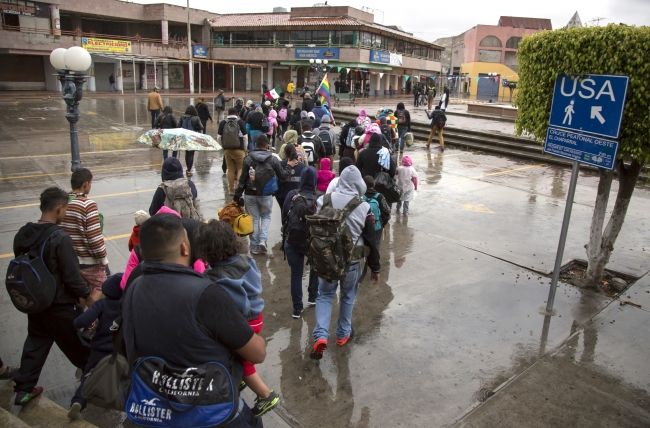The Difficulties That Immigrants Face in EEUU
1) Finding work
This is the principal hurdle, since the main reason for emigrating in the first place is to seek a better life with better pay so that you can send money home and save a little. In order to do this, you have to first find work, which is easier said than done. Applications get rejected for all manner of reasons, but often it is for simply being a foreigner.
This is the principal hurdle, since the main reason for emigrating in the first place is to seek a better life with better pay so that you can send money home and save a little. In order to do this, you have to first find work, which is easier said than done. Applications get rejected for all manner of reasons, but often it is for simply being a foreigner.
2) Not earning much because you’re an immigrant
It’s a great injustice which happens to immigrants all over the world. Some companies take advantage of their precarious financial situation, especially those who work without a permit. This is cruel.
3) Making friends
If you were to pack your bags and head off to a different country to live and work, to begin with, making friends would be something else that would be seem really hard to do, even if you don’t consider yourself a shy person. It would be a huge problem if you were to go to a country where they don’t speak your language or one that you know. It won’t take long for you to realize that you’re going to have to learn their language in order to communicate with others.
4) Adapting
Customs and ways of life can be starkly different from those of immigrants. You don’t know the city nor the culture, and often you may come across hostile people who treat you with prejudice and make fun of your own culture to annoy you. This can clearly make you miss your own country, your own culture and your family.
Customs and ways of life can be starkly different from those of immigrants. You don’t know the city nor the culture, and often you may come across hostile people who treat you with prejudice and make fun of your own culture to annoy you. This can clearly make you miss your own country, your own culture and your family.
5) Education
Being accepted at school is a very important topic anyway, but especially for the children of those who have immigrated in terms of their psychological development. If the parents aren’t careful, this could create problems for the development of their children. For reasons I noted above, the families of immigrants usually have a lower socioeconomic level than natives. This social and economic difference can lower these children’s desire to continue with their education to higher levels. Teachers ought to pay a little more attention to them in order to offer them the help they need to balance the situation. Likewise, these parents have a role to play in teaching their children to identify and accept different people and cultures.
6) Treatment, discrimination, being rejected
This topic is an all too frequent one in all countries. We are faced with racism, where we’re bombarded with jokes and sarcastic questions about our cultures and countries simply to annoy us. This, unfortunately, is instead of giving us the time we need to settle in or helping us to overcome the initial difficulties. The people who engage in this don’t bother empathizing but instead are intent on making the situation harder.
This topic is an all too frequent one in all countries. We are faced with racism, where we’re bombarded with jokes and sarcastic questions about our cultures and countries simply to annoy us. This, unfortunately, is instead of giving us the time we need to settle in or helping us to overcome the initial difficulties. The people who engage in this don’t bother empathizing but instead are intent on making the situation harder.
More than half of Latino children (51%) have the possibility to face one or more of any Adverse Childhood Experience (ACE), while in non-Hispanic whites the percentage drops to 40%, depending on the analysis of that non-profit organization.
In the case of non-Hispanic African-Americans, the proportion is 61%, while in the case of Asians it is 23%, according to the survey conducted in 2011 and 2012.
In the case of non-Hispanic African-Americans, the proportion is 61%, while in the case of Asians it is 23%, according to the survey conducted in 2011 and 2012.


Comentarios
Publicar un comentario